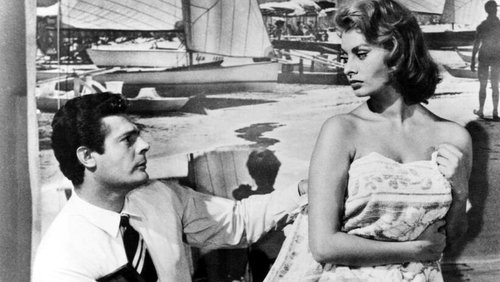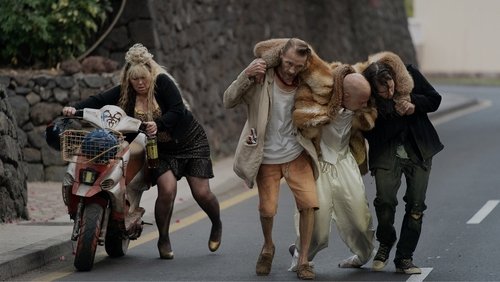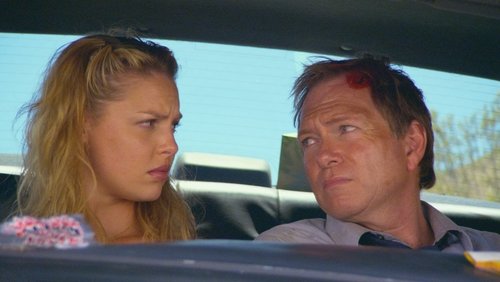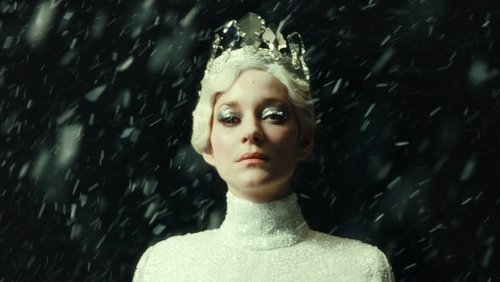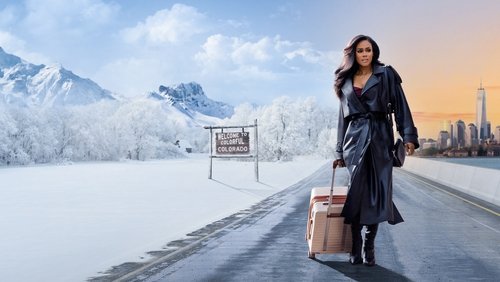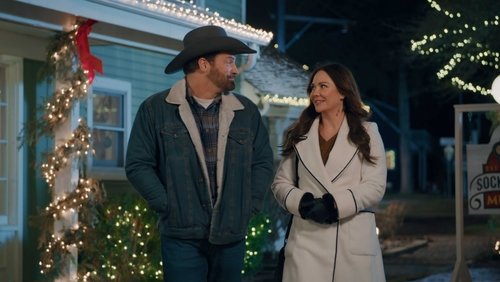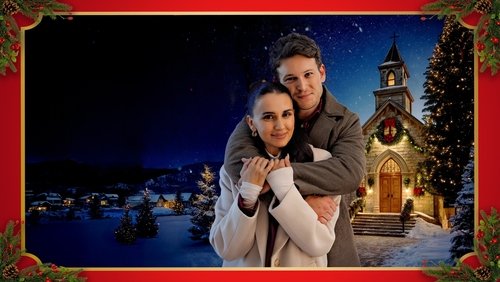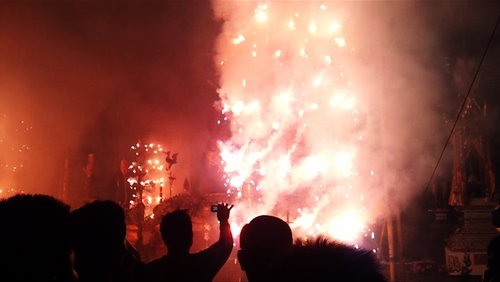Wuthering Heights – Emily Brontës Sturmhöhe (2011)
51KWuthering Heights – Emily Brontës Sturmhöhe: Directed by Andrea Arnold. With James Howson, Solomon Glave, Paul Hilton, Shannon Beer. A poor boy of unknown origins is rescued from poverty and taken in by the Earnshaw family where he develops an intense relationship with his young foster sister, Cathy.
“Hareton disturbed me the most in this film based on Wuthering Heights. Dour before his time, he appears now and then in the early scenes, a dirty blonde-haired urchin, to gawp at visitors, or to witness violent abuse from the sidelines. In the final scene, he is seen hanging up dogs by their collars. The depiction of Hareton is related to the u0026#39;cruelty breeds crueltyu0026#39; message in Andrea Arnoldu0026#39;s film – and in Emily Brontëu0026#39;s novel, if that can be seen, glibly, as a straight deliverer of messages. Considerable respect has been shown to the original: a fair amount of thought and research seems to have gone into finding out what was in Emily Brontëu0026#39;s mind and how she saw her characters, and into the late eighteenth century in Yorkshire. All the artefacts – stoneware jars, spades for digging out peat and so on – look as if they have been borrowed from a folk museum, the costumes appear to be authentic, and Heathcliff is black. All perfectly credible.u003cbr/u003eu003cbr/u003eThe unknown James Howson from Leeds was cast as the adult Heathcliff, with the equally unknown Solomon Glave as his young version. We do not find out which language he speaks when he first arrives, because there is very little speaking in the whole film. It is not dialogue- free, employing a few sentences and phrases from the novel, rather like the quotes a candidate might fish out for an A-level essay, with more of them in the filmu0026#39;s second half, after Heathcliffu0026#39;s return, than in the first. At other times, the words which the characters use seem to have grown from improvisation sessions, giving the action a kind of Ken Loach feel at times. To leave out most of Emily Brontëu0026#39;s beautiful prose – and the second half of her story, as usual – are bold moves which a few literary folk might find outrageous. I can fully understand the opinions of those who might describe the film as u0026#39;coarse and disagreeableu0026#39;, but then the structure of the novel does not match the needs of the cinema. Unlike Cary Fukunaga, who retained as many of Charlotteu0026#39;s words as possible in his Jane Eyre, Andrea Arnold has gone in an opposite direction, because she has decided not to bother with conventional costume dramas.u003cbr/u003eu003cbr/u003eThis Wuthering Heights relies on cinematography, the impact of fresh and young actors (eat your heart out, Stanislavski), an authentic period feel and a powerful, often startling harshness. Arnold has said that she u0026quot;had to pick out the things that had resonance to meu0026quot; and that she wanted to give the children plenty of time at the beginning. u003cbr/u003eu003cbr/u003eThis was a good move, because the children are by far the most interesting. Solomon Glave and Shannon Beer have u0026quot;not acted beforeu0026quot;, but manage to be fascinating, holding everything together for an hour. Full marks to Arnold there. The story is told through sounds and sights: we see the boyu0026#39;s amazement and disorientation when he arrives, Cathyu0026#39;s warm smile – the only warmth – a feather brushing a cheek, his hand on the horseu0026#39;s rump when he rides behind her, his smelling of her hair, the weals on his back after a beating by Joseph, her mouth as she licks the blood from them, their crude and muddy sexual fumbling out on the moors. Sensual imagery with a vengeance! Raw teenage emotion in our faces! And I loved Shannon Beeru0026#39;s charming rendition of Barbara Allen. Sheu0026#39;s a proper wild, wicked slip of a girl.u003cbr/u003eu003cbr/u003eIrish cinematographer Robbie Ryan won the Golden Osella Award at the last Venice Film Festival for Best Cinematography, deservedly. His low shots through clumps of sedge and his panoramas of the moors (filming took place on the bleaker areas around Hawes in the Yorkshire Dales) are stunning, but what is especially memorable is his selection of close-ups of the insects, flowers and small creatures to be found in the heather and under the bilberries. I was looking out for harebells, but did not notice any. Perhaps they were the wrong kind of flower here. The wind sounded right – I recognise that wind – as it battered the microphone relentlessly.u003cbr/u003eu003cbr/u003eThe creatures of the wild moors a couple of centuries ago have a strong present-times feel, because casting in this way has put racial prejudice in the forefront. Heathcliff is full of revengeful passions because he has been racially abused. The violent skinhead Hindley (Lee Shaw) is notably foul-mouthed when he does speak, like an adherent of some far-right organisation, and the enforced baptism scene shows that the church was pretty short on tender loving care when it came to new dark-skinned members of the congregation. The West Yorkshire accents are just right. u003cbr/u003eu003cbr/u003eIn the second half, the adult Heathcliff (James Howson) does not spend long on relishing his revenge on Hindley, but that is not the only disappointment. Both James Howson and Kaya Scodelario, who plays the adult Cathy, bear only token resemblances to their child counterparts, and have less presence. Cathy is not differentiated from Isabella enough, and seems to be unrelated to her younger self, which can not be explained away by her presence in the sophistication of Thrushcross Grange, where manners (and the mild weather) are always better. Heathcliff seems somehow clumsier and less sympathetic, a fact which is not helped by James Howsonu0026#39;s lack of acting experience (more forgivable in Solomon Glave), and the shots of flowers and insects which sustained the first half become less effective because they are repeated too much. James Northcoteu0026#39;s acting as Edgar is faultless, but seems out of place here, as if he has stepped out of another film.u003cbr/u003eu003cbr/u003eAnd that other film could be the 1939 version, which is at the other end of the spectrum.”
